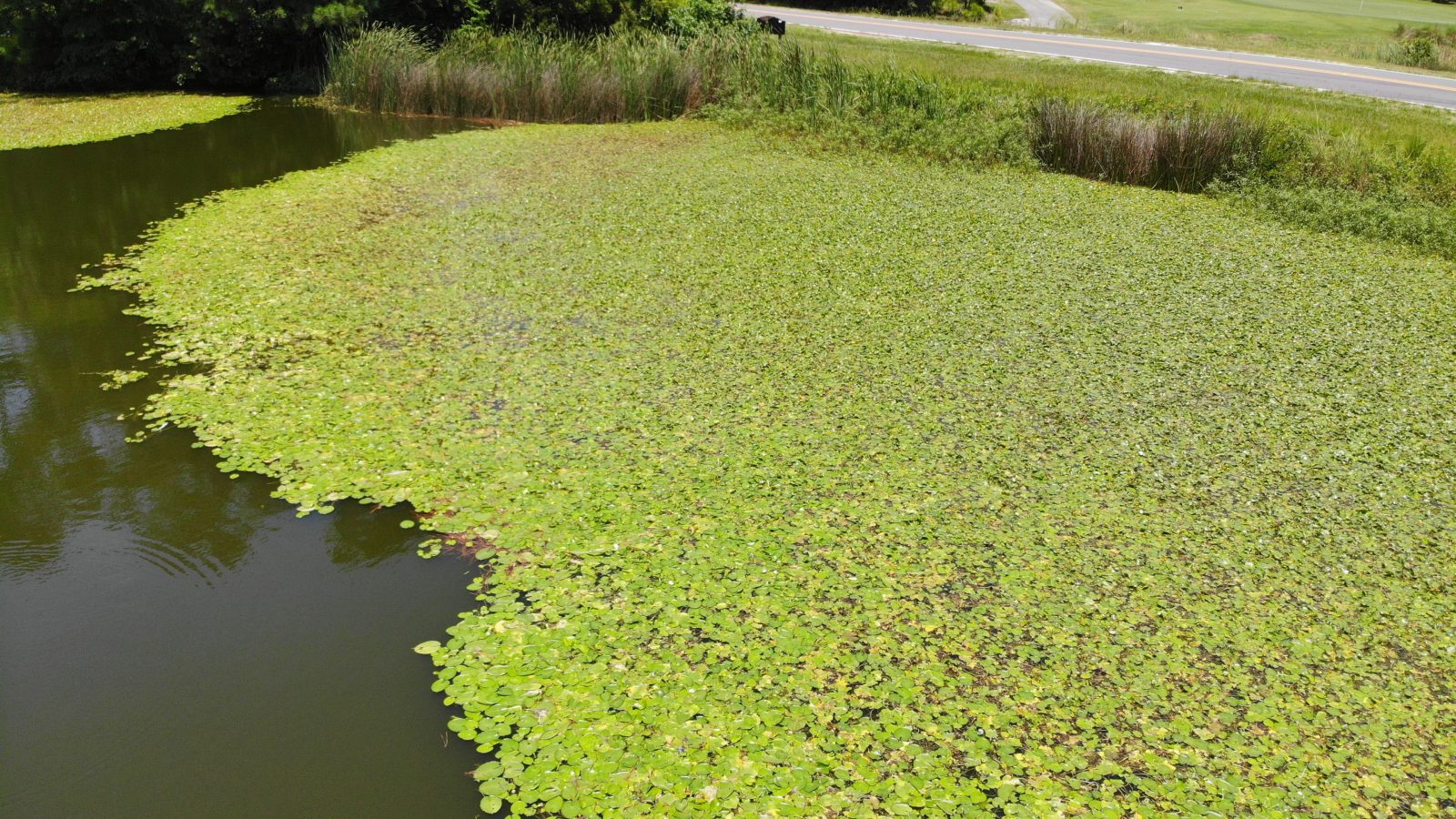
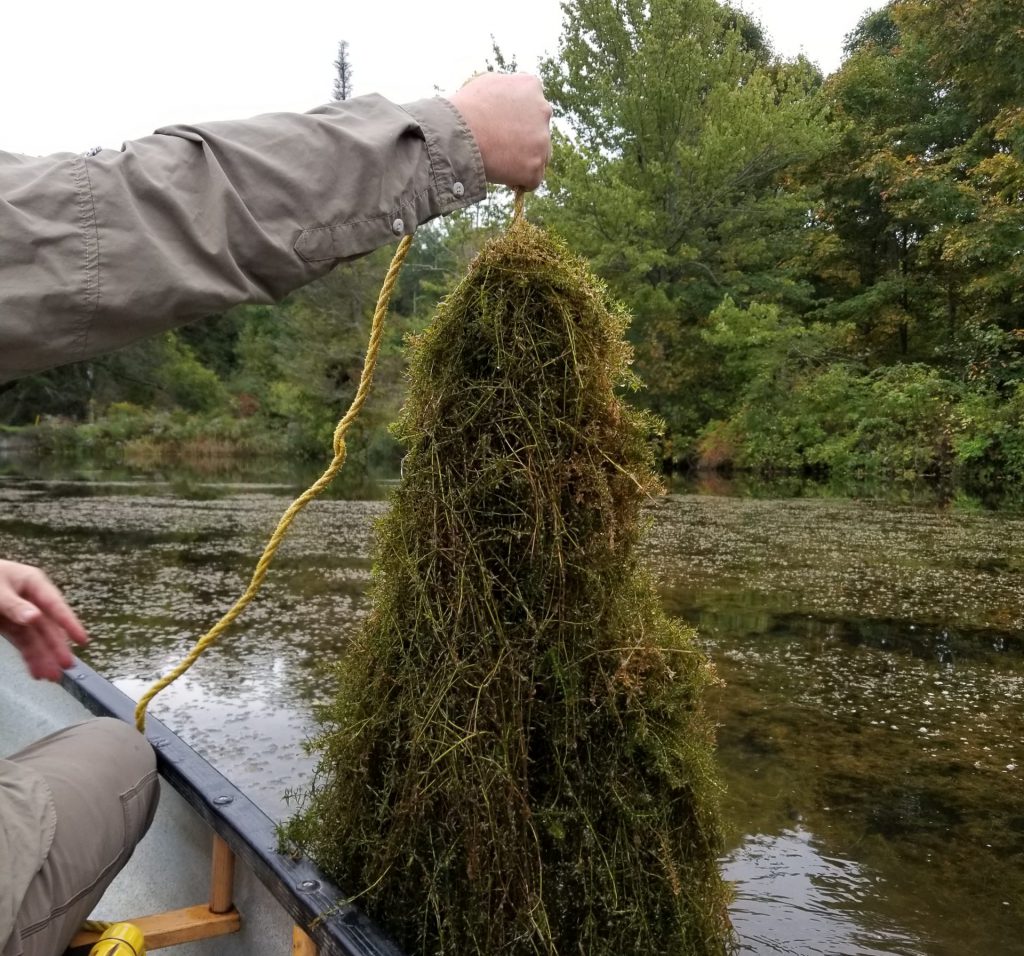
6 Tips to Prevent the Spread of Invasive Species
With increased travel and recreation each summer comes the rise of invasive species. Invasive species are plants and wildlife that were introduced to an area that is outside of their natural range of dispersal. Though these invaders are not inherently bad, the general lack of natural competition or predators in our lakes, ponds and wetlands can lead to major outbreaks that dominate quickly and may be very hard to control. As a result, native species can suffer.
While invasive plants are generally introduced to the United States from other parts of the world, plants that are native to the country can also be considered invasive when introduced to new regions within our borders. It’s important to stay educated on the ways in which they spread, as well as our role in this process, so that we can continue to prevent the destruction of our natural environments:
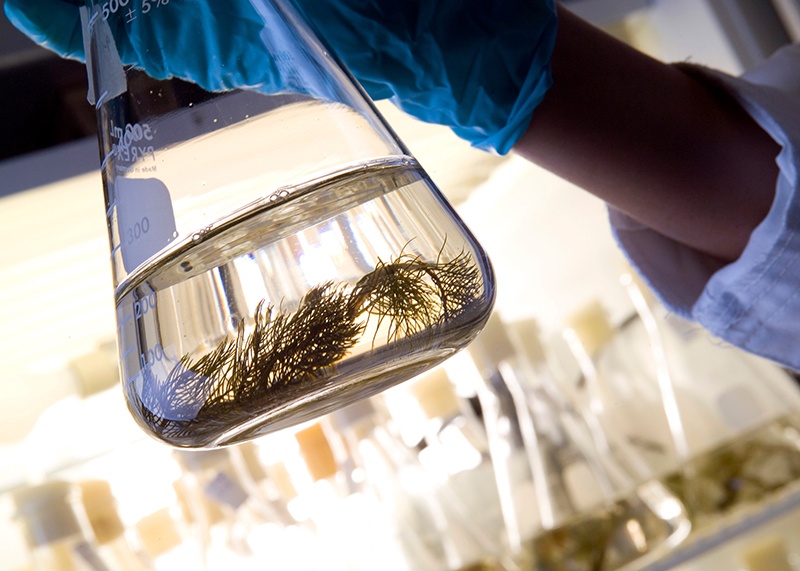
Learn to properly identify them
Invasive species problems can differ based on where you are. Likewise, these invaders can often resemble native plants that you are familiar with. Consider brushing up on the federal noxious weed database for local invasive plant designations and identification techniques. If you still aren’t sure, it’s important to defer to a trained professional who regularly manages invasive plant infestations.
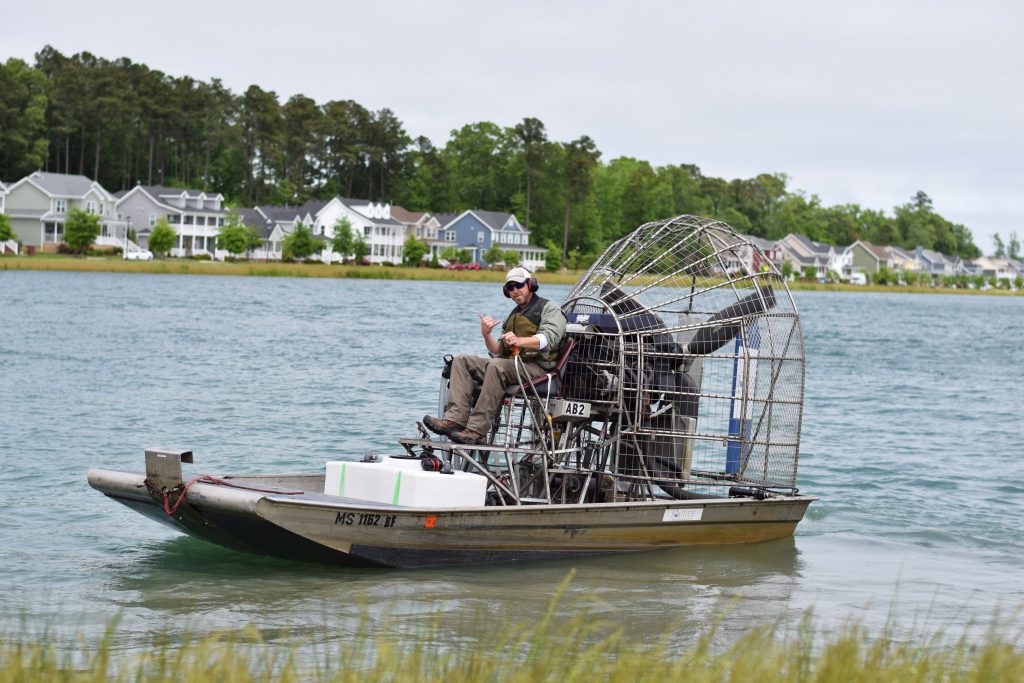
Clean your fishing and boating equipment
Many invasive aquatic plants like milfoil, hydrilla, and giant salvinia reproduce through fragmentation, meaning any small piece of the plant that breaks off may begin new infestations. Many municipalities require equipment inspections when entering and exit recreational waterbodies. Others offer DIY cleaning stations for the same purpose. It’s important to take advantage of these proactive measures when they are available, and assume responsibility when they aren’t.
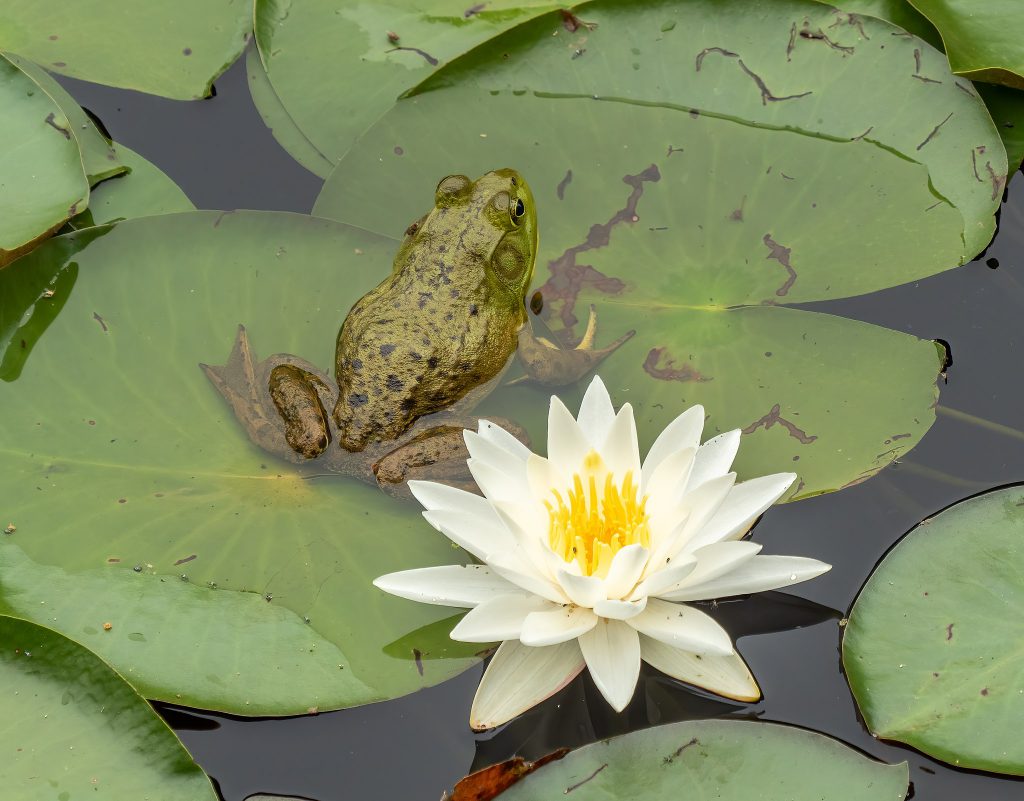
Don’t buy exotic plant species online
Exotic species are often beautiful, making them appealing for gardens and private aquariums among other uses, but they can wreak havoc and destroy the natural ecosystems that you value. Avoid purchasing plants or seeds online without verifying their origins. A good rule of thumb is to save plant purchases for reputable local nurseries, where experts are well-versed on native plant life and can make appropriate recommendations for your property or hobby.
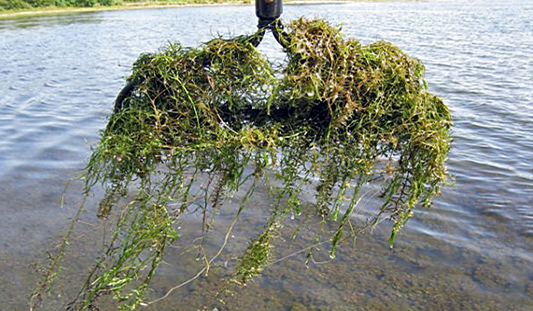
Volunteer during removal events
It’s common for communities and local environmental groups to coordinate volunteer invasive species removal events. While invasive plant species can spread rapidly, annual management efforts can make a significant dent over time. Depending on the target species a variety of techniques may be necessary, including hand-pulling, cutting, and burning.
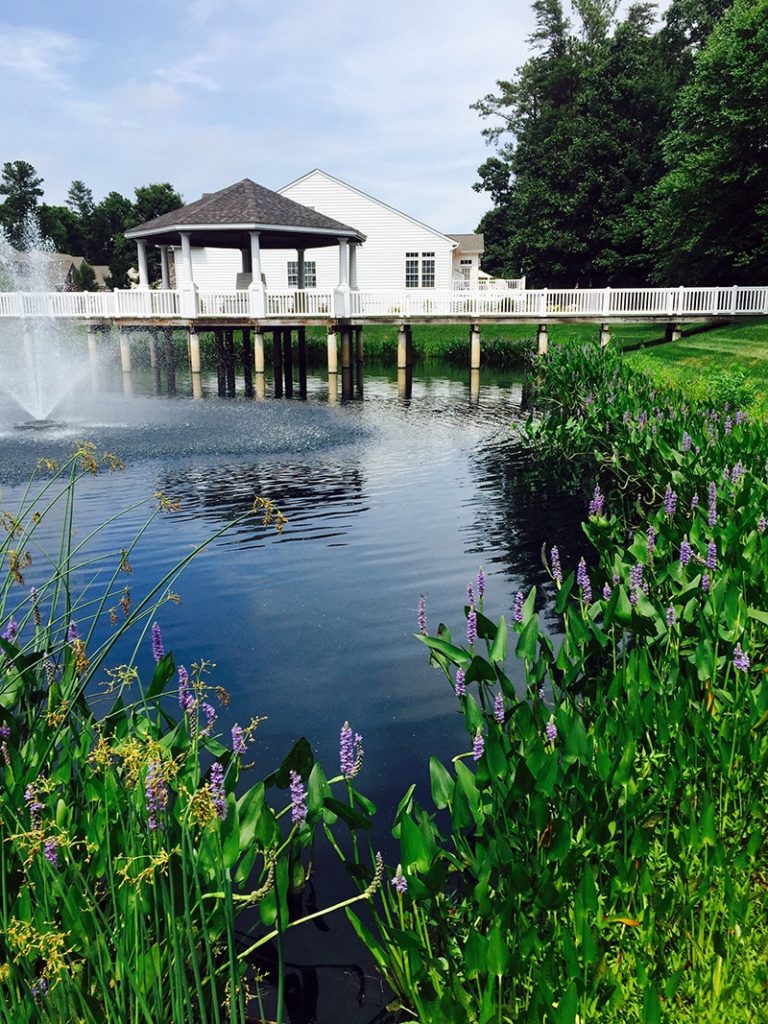
Plant native species
Invasive species take the biggest toll on natives, which struggle to compete with exotic invaders. In addition to implementing targeted removal efforts, it’s also favorable to replant affected ecosystems with native species. Cultivating beneficial plant life will help slow the spread of undesirable plants and restore balance to natural areas that other native wildlife and insects call home.
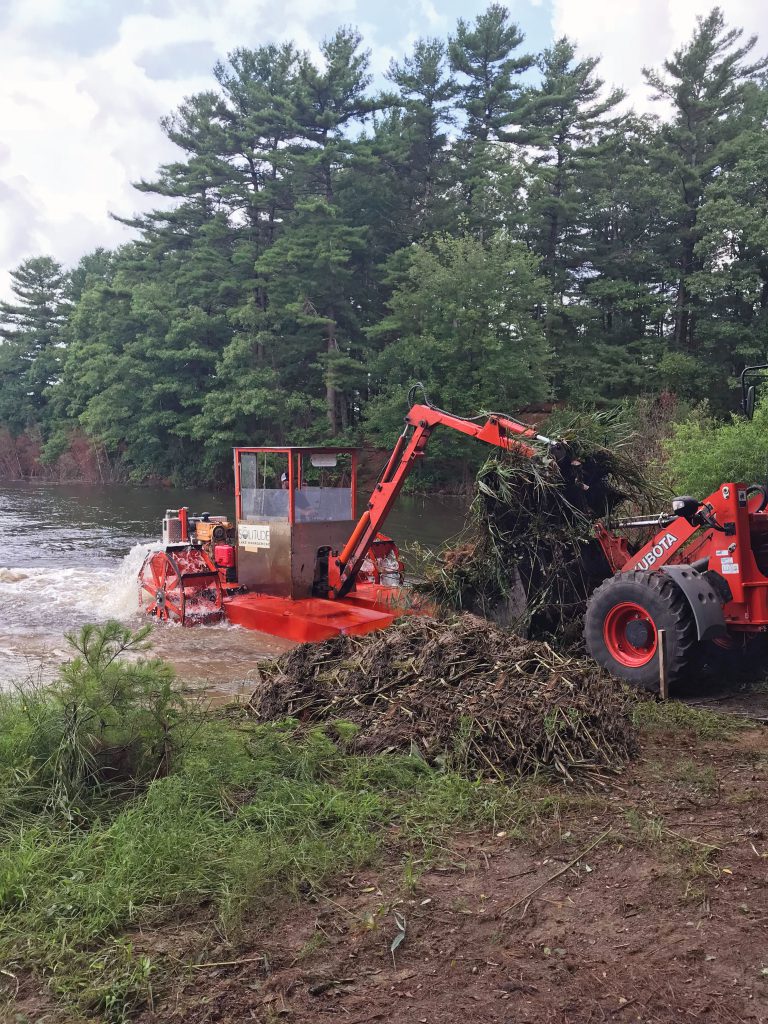
Address the issue immediately
If you suspect an invasive species infestation, don’t let it linger. Immediate action should be taken to notify management professionals who can design an effective management solution. Likewise, having your site inspected regularly will facilitate the early detection of invasive species, allowing you to intercept the growth before it gets out of hand or becomes too costly. Common professional management techniques include mechanical harvesting, hydro-raking, highly-selective herbicides and other integrated solutions.
Have you identified an invasive species in your community? Contact a freshwater management company to establish an integrated management plan.
Invasive Weed Management
SOLitude Lake Management is a nationwide environmental firm committed to providing sustainable solutions that improve water quality, enhance beauty, preserve natural resources and reduce our environmental footprint. SOLitude’s team of aquatic resource management professionals specializes in the development and execution of customized lake, pond, wetland and fisheries management programs that include water quality testing and restoration, nutrient remediation, algae and aquatic weed control, installation and maintenance of fountains and aeration systems, bathymetry, mechanical harvesting and hydro-raking, lake vegetation studies, biological assessments, habitat evaluations, and invasive species management. Services and educational resources are available to clients nationwide, including homeowners associations, multi-family and apartment communities, golf courses, commercial developments, ranches, private landowners, reservoirs, recreational and public lakes, municipalities, drinking water authorities, parks, and state and federal agencies. SOLitude Lake Management is a proud member of the Rentokil Steritech family of companies in North America.









